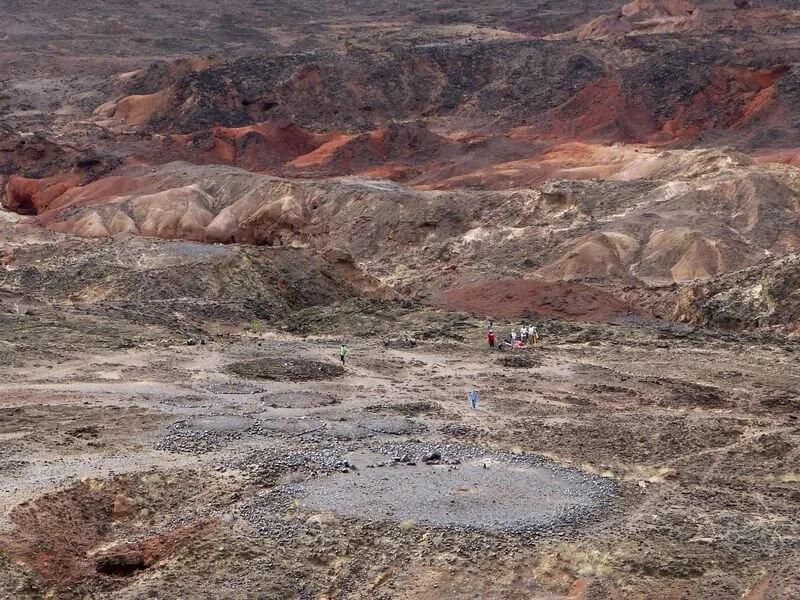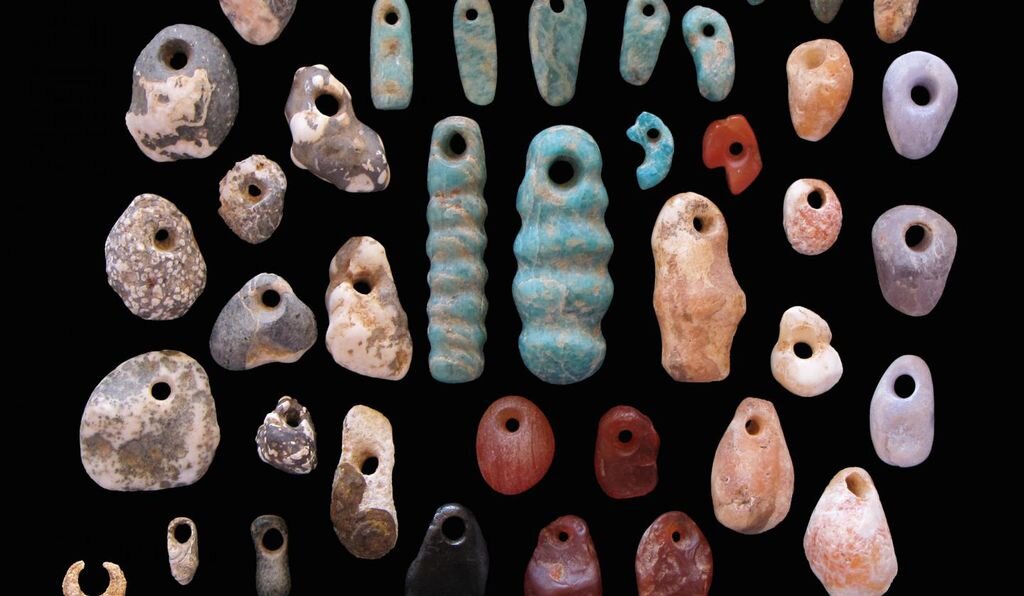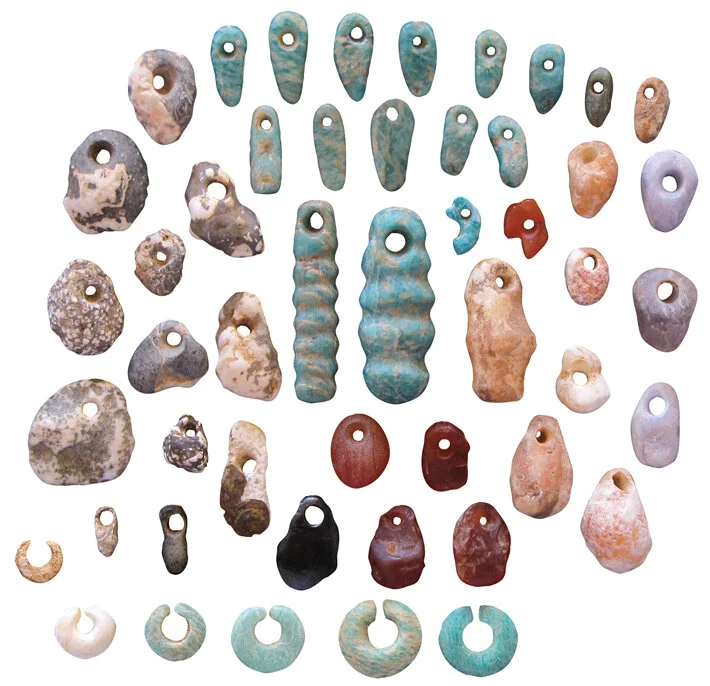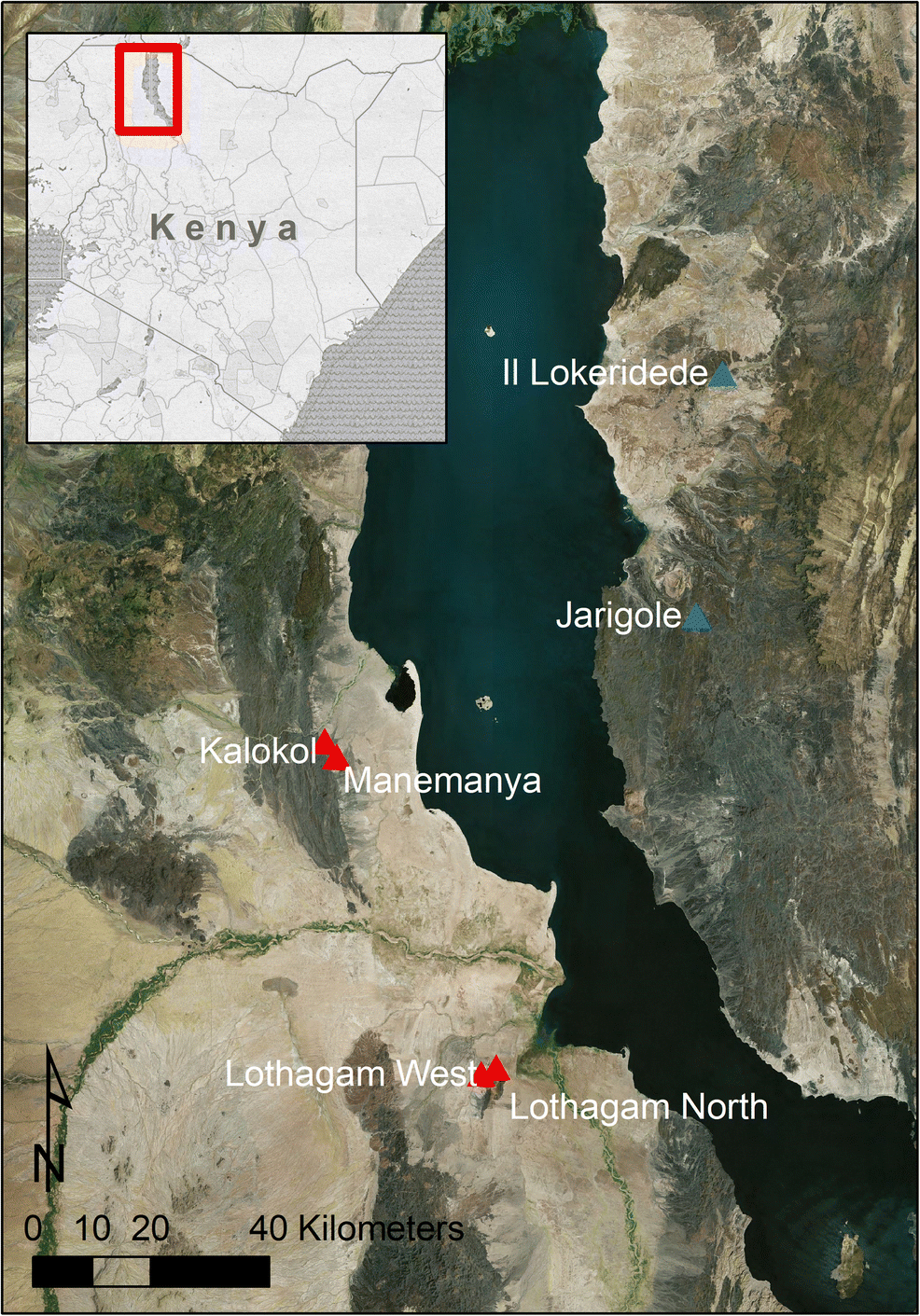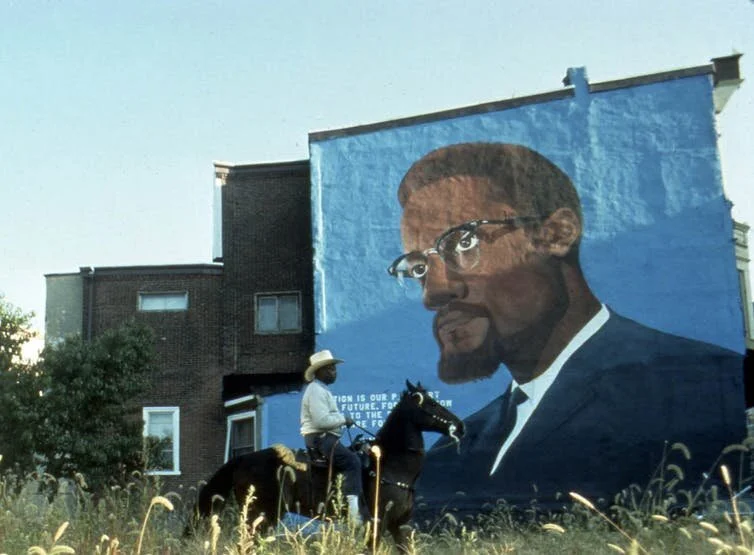Ancient People in Lake Turkana Built a Lasting Memorial in a Crumbling World
/Lothagam North Pillar Kenya, built by eastern Africa's earliest herders about 5000 years ago. The burial site likely served as a bonding place for a culture in flux.
By Jason Daley. First published on Smithsonian.com
For modern people, the Great Pyramid of Giza, Stonehenge, Machu Picchu and other ancient monuments are awe-inspiring backdrops for selfies. But they weren’t built just to be beautiful; most archaeologists believe the construction of ancient monuments was a power play. Getting an entire society engaged in building a massive public work was a way for elites like kings, chieftains, pharaohs and priests to control the lower classes. The work not only got society and the economy entangled with the construction, but also shored up the status of the ruling classes and, in some cases, provided a pretty awesome final resting place for some lucky god-king.
But in the last decade, discoveries of new monuments and reinterpretations of others have begun to challenge that concept. In some places, including the steppes of Mongolia and in southern India, ancient monuments seem to tell a different, more egalitarian story. Sometimes, monuments were built by a community not to glorify the ruling class, but to strengthen social bonds among equals. That seems to be the case with a recent find on the shores of Kenya’s Lake Turkana, detailed in The Proceedings of the National Academy of Sciences.
The monument, called the Lothagam North Pillar Site, isn’t quite as ostentatious as a pyramid, but it does represent a massive amount of investment for the nomadic herders living in the area 5,000 to 4,300 years ago. These early pastoralists built a 98-foot-diameter circular dirt platform in the hills near the lake. In the center they excavated a three-foot deep pit, digging down to bedrock, where they used horns and other implements to cut graves. Over time, perhaps over the course of one generation, perhaps over hundreds of years, they tightly packed the graves and the pit with their dead. Based on ground-penetrating radar scans and 36 bodies uncovered in a six-foot-square test pit, researchers believe the mortuary cavity contains an estimated 580 people, though the number could be as high as 1,000.
“Everyone is in there,” says Elizabeth Sawchuk of Stony Brook University and the Max Planck Institute for the Science of Human History, who worked as a bioarchaeologist on the project. “There are babies and old people and everyone in between. There’s not a part where people with resources are buried with pauper’s graves over there. It doesn’t look like there were internal distinctions. This area would have had a low population density, and it looks like most of them are in there.”
Almost everyone is decorated with unique jewelry. One person had a headpiece made from 405 gerbil teeth, another wore a hippo-tusk necklace. There were hundreds of vibrantly colored beads of blue-green amazonite, purple fluorite and pink analcimes. But none of these ornaments seemed to mark anyone out as more important than the others, (though the gerbil teeth were probably pretty stylish).
When the mortuary cavity was full, or very nearly full, the community filled the hole and mounded dirt on top of it. They then covered it with uniform-sized basalt pebbles. They also spent a lot of time and effort dragging naturally occurring four-foot-tall basalt pillars almost a mile to the site, erecting them on the eastern side of the platform, which they surrounded with boulders. Other smaller circles and cairns also dot the area around the main platform.
The striking thing about Lothagam, the largest of several similar pillar sites around Lake Turkana, is that the monument was planned out. Someone, or some group, decided to invest the time and massive amount of labor to create the platform and excavate the cemetery pit, a job that would have involved the whole community. The society also had to decide at a later date when to fill in the pit and decorate it with basalt, making it a very long—or even multi-generational—project.
So why did this group of Neolithic herders, which have no formal name, decide to invest their time and energy in such a massive undertaking? Lead author Elisabeth Hildebrand of Stony Brook University explains that during this period the people around Lake Turkana were experiencing huge changes. First, the time period marked the end of the African Humid Period, when the area was wetter and more lush than it is today. The once stable shoreline of Lake Turkana began to fluctuate, and habitats around the lake began to change, disrupting the traditional fishing and foraging culture. Around the same time, herding came into the area, though it’s not clear if the locals around the lake adopted herding from other cultures, if a new herding culture moved into the area or if it was a mixture of both. Whatever the case, the climatic and social changes would have been huge disruptions for the residents of Lake Turkana.
“Imagine a whole social and economic world in flux,” says Hildebrand. “That’s what’s going on. They had to figure out who in the family is tasked with taking care of the goats, who fishes, who deals with the cows. The entire fabric of society from daily tasks to gender roles would have been contested. Then add into the mix that fact that the lake has shrunk and your favorite fishing hole may no longer exist. And those changes didn’t happen just once, they were dealing with that on a decade to decade and maybe year to year basis as the shoreline shifted.”
All of that flux, the paper suggests, may have led the people to create something lasting, a place where they occasionally gathered to ritually bury their dead, exchange information about the changing landscape and re-establish bonds between far-flung clans or family groups. “The people got together and decided to build the pillar site as a visible landmark and create a place of permanence and bury their dead there,” Hildebrand says. “It’s really fascinating that facing all this, people decided to come together and do something creative rather than get nasty with one another.”
That contradicts the traditional narrative about how monuments typically come about. In general, archaeologists believed that before you could have monumental works, the society needed to be agricultural or sedentary, which often leads to specialization in things like building and art. It also leads to social stratification, with elites instigating monumental building projects to strengthen their grip on society and to glorify—and sometime deify—themselves.
Hildebrand says that Africa is the right place to look for alternative narratives to this story. That’s because in East Africa at least, herding or pastoralism emerged before settled agriculture. “In the rest of the world typically when people start producing food rather than hunting and gathering hierarchy and social inequality develop,” she says. “In Africa, since pastoralism comes before farming … there is more opportunity for different societal paths to emerge.”
Though excavations at the other smaller pillar sites around Lake Turkana are preliminary, they’ve revealed burials as well, suggesting that the monumental cemeteries were part of a wider cultural practice in the region for about 900 years. Hildebrand says it’s possible other types of monuments will also be found in other areas as more time and resources are spent on archaeology in Africa. As the climate changes slowed and the shoreline of Lake Turkana eventually stabilized around 4,500 years ago, it’s likely the herders were able to develop stronger social networks, similar to the complex organization and communication systems of present day herders in Africa. They did not need to build elaborate cemeteries to bring them together or get information on grazing, leading to the end of the practice.
There is still plenty to learn about the early pastoralists around Turkana, like where they came from and where they went (the present-day locals around Turkana say they came into the area from Uganda several hundred years ago and are not related to the pillar site builders). Whoever they were, Sawchuk says their culture is worth pondering. Recent excavations at a site on Lake Turkana called Naturak, not too far from Lothagam North, show that 10,000 years ago a group of hunter-gatherers were slaughtered in one of the earliest known acts of warfare. “These fisher-foragers lived by the lake, this highly dependable resource, and still bashed each others’ heads in,” says Sawchuk. “But in the [pastoralists' culture] when things got hairier and there were major tensions over resources, people expended a whole bunch of labor to create a site to bury their dead. It’s profound that when things were changing they were not fighting, they were coming together.”
